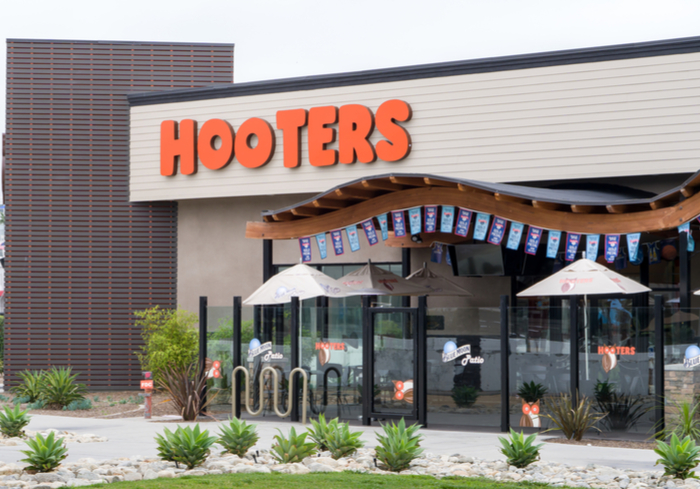
To reach consumers who might not be willing to visit its brick-and-mortar locations, quick-service restaurant (QSR) chain Hooters has its eye on improving its delivery and pick-up order business, according to news from Fortune.
Known for its scantily clad waitresses, the chain hopes to gain the business of customers who are too embarrassed to visit one of its stores. “Many people wouldn’t step foot in our restaurants, but they want our product,” Hooters’ Chief Executive Terry Marks said at the ICR conference. “Delivery [solves] the polarizing issue the brand has had.”
Consumers can currently order from 96 of the company’s restaurants through online services such as Uber Eats. Introduced in 2014 alongside a handful of other experimental services, Uber Eats operates worldwide in 29 countries. The company was on track to reach $3 billion in gross sales for 2017 last October.
With 2 million drivers worldwide, Uber has access to a delivery infrastructure unavailable to other competitors, with any given driver available to transport food or passengers in cities serviced by Uber Eats. The firm is reaping the benefits of its built-in delivery fleet, with Uber Eats orders comprising 8 to 10 percent of total ride bookings.
Uber is not alone in the food delivery business and faces stiff competition in the online delivery marketplace, both from established players like Grubhub and from upstarts like Amazon, who launched its Amazon Restaurants service two years ago, and Facebook, who announced news of the integration of an “Order Food” function in its primary app.
In 2017, Amazon and Olo announced a retail partnership that would give diners more options to order take-out and delivery meals through digital channels. According to a news release, the online food order service would be available to Amazon Prime members via the Amazon Restaurants platform, creating more visibility for restaurants that are already using Olo to power their digital food delivery.